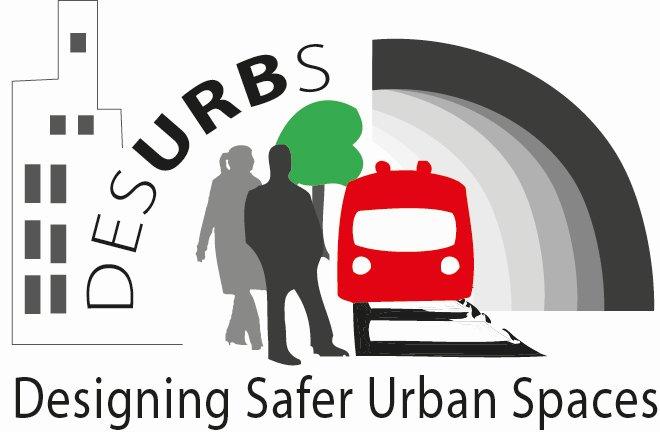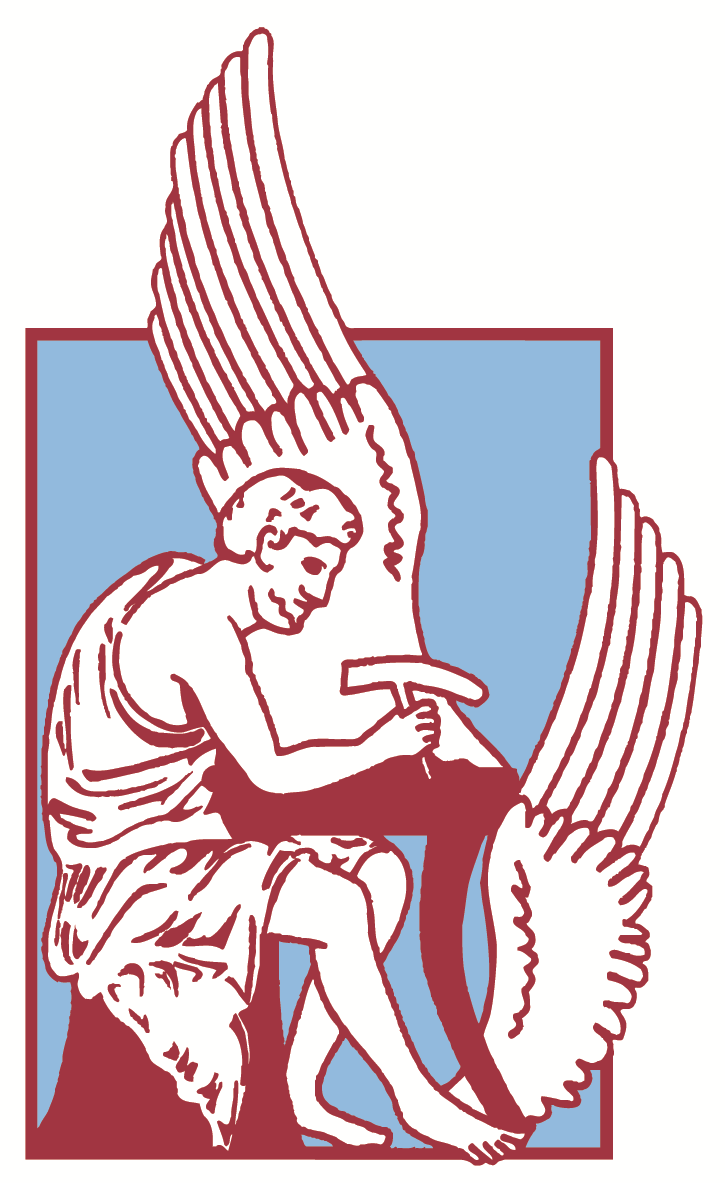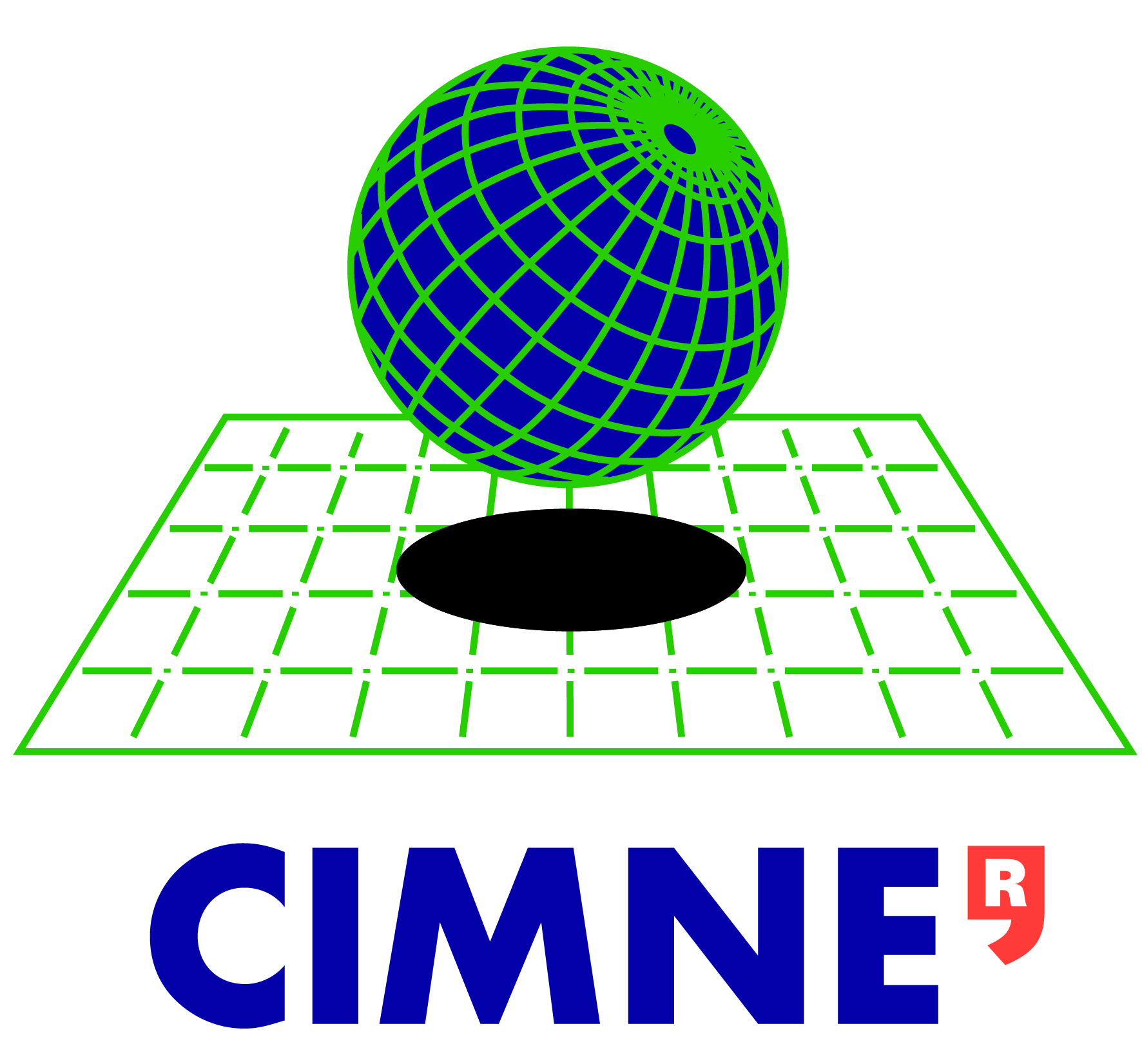
The DESURBS EU project: Designing Safer Urban Spaces
DESURBS was a 48 month FP7 security project that developed tools to assist built environment professionals and urban managers
to create and maintain safer urban spaces. The scope of the project was to make improvements by contributing new methodologies to
aid in planning, design and engineering of urban spaces to make them less vulnerable to security threats. DESURBS had as a primary
objective the creation of a range of databases, tools and approaches that could be used, alone or in combination, by urban space
stakeholders to create new, safer spaces or to reinforce existing urban infrastructure to make them more secure for people and for the
surrounding environment. The range of threats and hazards covered in the project included terror, industrial accidents, crowd control
issues such as stampede threat, and natural hazards like earthquakes, flood, landslide and volcanoes.
The consolidative tool of the project was the DESURBS Decision Support System Portal (DSSP). This web-based interactive technology
was realized to help enable users to distinguish between strengths and weaknesses in urban spaces. This was meant to allow them to
recognize, minimize or remove the threats they face. It combined a number of the project's technologies and results in a user-friendly
package targeting urban planners, designers and engineers. The DSSP comprised an integrated security resilience design and assessment
framework incorporating supporting tools to engage and support local stakeholders in recognizing weaknesses and enhancing urban
spaces that might be subjected to security threats. The portal also contained an evolving urban space security event database that
included incidents with negative or potentially negative consequences, as well as preventive cases that illustrated current best practice.
Other DESURBS tools were modeling and computation based and included a strength-of-materials database incorporating failure
calibration curves to optimize structural engineering materials decisions; a vulnerability curves database and visualization application
for analyzing weak points in buildings and structures subjected to earthquake and blast; and an agent-based dynamic modelling
tool for simulating urban catastrophe management scenarios. Additionally, cell phone applications for crowd monitoring and tracking,
as well as two-way communication between authorities and citizens for security reporting were developed and tested. Finally, a rapidly
deployable, self-contained tethered signaling balloon system was developed to simplify crowd communication at large events and as
an emergency communication tool in case of disaster in crowded urban spaces. The project period was from 2011 to 2014.
If you would like further information about DESURBS, including PDF files of public reports and deliverables from the project,
please contact the DESURBS coordinator, Research Management, at: info@researchmgt.com
or +47 9590 7562.
The DESURBS consortium:





